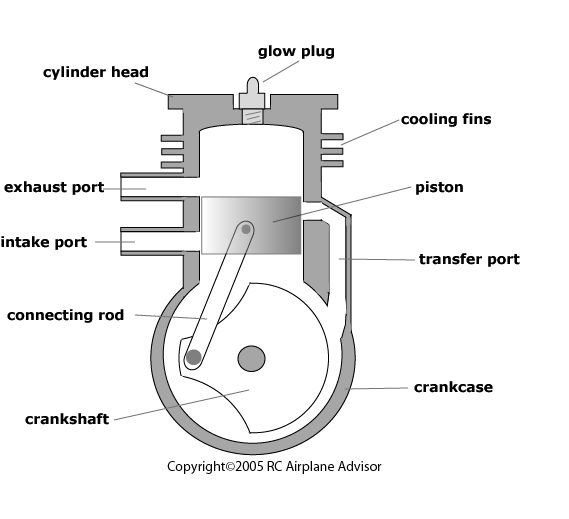

This process is intended to represent the ignition of the fuel-air mixture and the subsequent rapid burning.
Process 2–3 is a constant-volume heat transfer to the working gas from an external source while the piston is at top dead center. Process 1–2 is an adiabatic (isentropic) compression of the charge as the piston moves from bottom dead center ( BDC) to top dead center ( TDC). Process 0–1 a mass of air is drawn into piston/cylinder arrangement at constant pressure. The summation of the work added to the system plus the heat added minus the heat removed yields the net mechanical work generated by the system. Heat flows into the Otto cycle through the left pressurizing process and some of it flows back out through the right depressurizing process. Work is performed on the system during the lower isentropic compression process. The cylinder and piston are assumed to be impermeable to heat during that time. The isentropic process of compression or expansion implies that there will be no inefficiency (loss of mechanical energy), and there be no transfer of heat into or out of the system during that process. Left and right sides of the loop: a pair of parallel isochoric processes (constant volume). Top and bottom of the loop: a pair of quasi-parallel and isentropic processes (frictionless, adiabatic reversible). In the case of the Otto cycle, the effect will be to produce enough net work from the system so as to propel an automobile and its occupants in the environment. By describing the changes that take place within the system, it will also describe in inverse, the system's effect on the environment. 
The system, in this case, is defined to be the fluid (gas) within the cylinder. The gas that is subjected to those changes is called the system.

The Otto cycle is a description of what happens to a gas as it is subjected to changes of pressure, temperature, volume, addition of heat, and removal of heat. It is the thermodynamic cycle most commonly found in automobile engines. The cycle is closed by the exhaust (letter D and colored blue) stroke, characterized by isochoric cooling and isobaric compression processes.Īn Otto cycle is an idealized thermodynamic cycle that describes the functioning of a typical spark ignition piston engine. Through the combustion of fuel, heat is added in a constant volume ( isochoric process) process, followed by an adiabatic expansion process power (letter C and colored red) stroke. The idealized diagrams of a four-stroke Otto cycle Both diagrams: the intake ( A and colored green) stroke is performed by an isobaric expansion, followed by an adiabatic compression ( B and colored orange) stroke. Otto cycle pressure–volume diagram Temperature-Entropy diagram







 0 kommentar(er)
0 kommentar(er)
